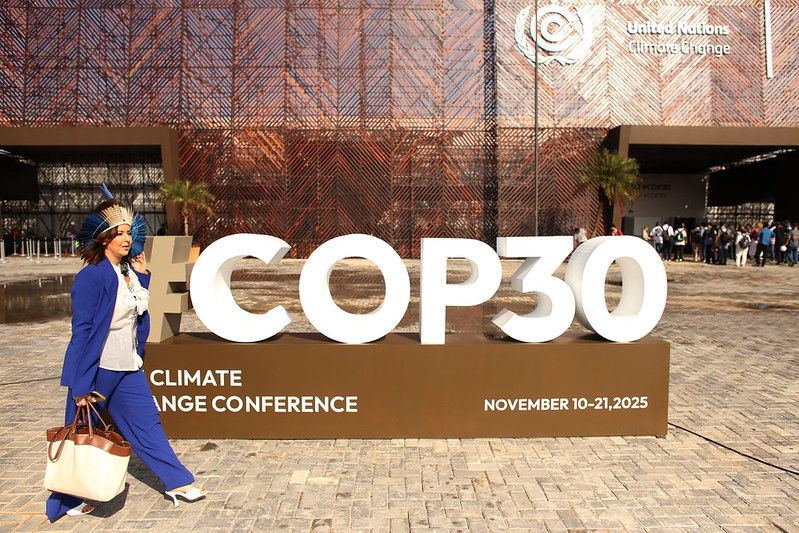Effort Sharing Regulation 2.0: can we leave our comfort zone?
- gosiarychlikeu
- Mar 14, 2022
- 3 min read
After several months of debates and discussions in 2020, the European Union has set its emission reduction target on a level of “at least 55%”, which requires urgent action from the most polluting sectors and the EU Member States. In 2020 the EU greenhouse gas emissions were 34% lower than in 1990. This is well below the 20% target that was set for 2020. This means it will be easier to reach the -55% target in 10 years and there is still room to go beyond the initial targets. Yet, if we are to meet the 1.5°C global warming target, we must do significantly more.
The moment the EU and its member states turn the Climate Law into specific policies will make the time to step out of our comfort zone. Countries must immediately start decarbonisation of the sectors that are covered by the Effort Sharing Regulation (ESR), namely road transport, heating of buildings, agriculture, small industrial installations, and waste management.
Based on the Effort Sharing Regulation and other EU policies, the EU Member States design their national energy and climate plan. This is the document that sets the goals and strategies for each member state on how they will increase energy efficiency, the share of renewable resources, improve research and innovation for emissions reduction.
The European Union has the technical background, the financial assets, and the societal support of a more rapid transition across sectors. The latter has significantly increased in the last couple of years - according to a 2021 Eurobarometer survey more than nine in ten Europeans (93%) believe that climate change is a serious problem. Europeans expect even stronger action from both their national government and the European Union itself to fight climate change. Three-quarters of respondents (75%) believe that their national government is not doing enough to tackle climate change.
In the backdrop of the war in Ukraine, it is even more urgent that Europe breaks its damaging fossil fuel dependency.
With a well-designed and ambitious Effort Sharing Regulation we can assure a significant greenhouse gas emissions reduction in all EU member states in the sectors that currently generate 60% of those. The draft regulation aims to ensure that all countries contribute to the EU’s climate action in a fair and just manner. However, both the draft targets and the implementation mechanisms are far from the scientifically proven path to the 1.5°C global warming scenario possible. The national targets would be defined by GDP per capita, so countries with stronger economies should reduce their emissions faster than those with lower GDP per capita. Additionally, there are other flexibilities in the draft like trade-offs through savings by land-use or other industries. Those are in favor of national governments, but slow down the reforms and delay actions.
Thus when countries integrate this regulation into their national legal framework, they might play with the loopholes that allow them to calculate with years when emissions were lower or savings from land/agriculture-based carbon sinks. One can say that it is acceptable, but the targets, the flexible mechanisms, are forecasting a system where several countries and sectors can again postpone significant reforms of their industries without fully knowing the consequences, i.e.more burden on the future generations.
Therefore it is important that only those flexibilities are applied that do not harm the environmental goal of the regulation. The Effort Sharing Regulation is just one element of a complex regulatory framework, but if we keep the business as usual approach, we risk exceeding the 1.5°C global warming target. With the right approach, we not only reduce the burden on communities impacted by the rapid climate change but we build a better future for all. Let’s step out of our comfort zone.






![Turning to local climate action [webinar recordigns & resources]](https://static.wixstatic.com/media/49dc72_7c0b72dc499c4a6b99314f5bf07b6a47~mv2.jpg/v1/fill/w_980,h_551,al_c,q_85,usm_0.66_1.00_0.01,enc_avif,quality_auto/49dc72_7c0b72dc499c4a6b99314f5bf07b6a47~mv2.jpg)
Comments